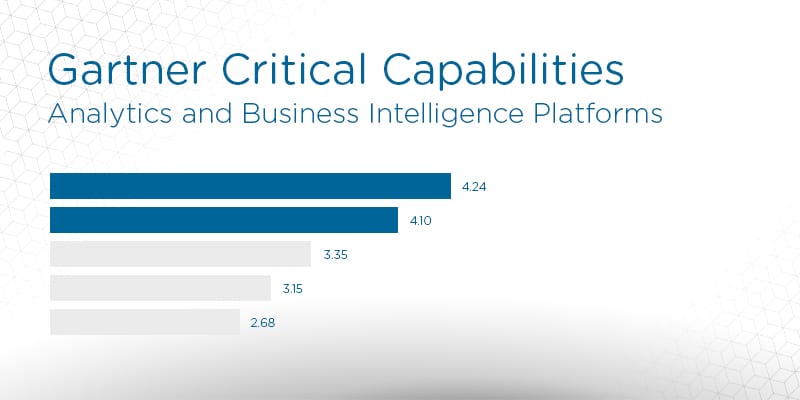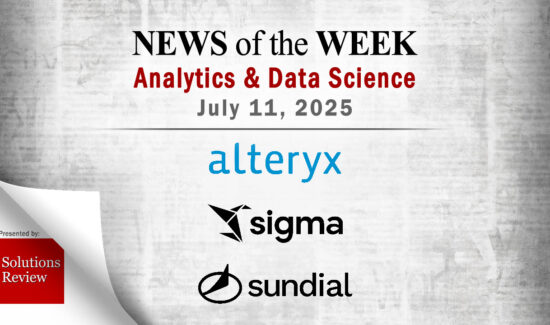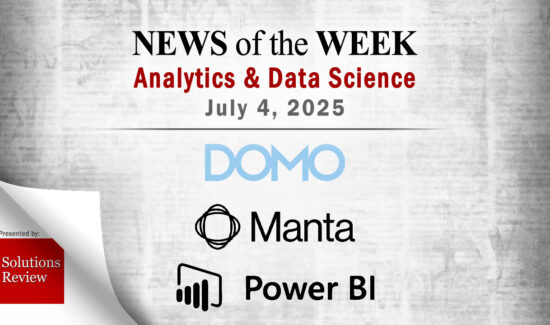2018 Gartner Critical Capabilities for Analytics and Business Intelligence Platforms: Key Takeaways


Analyst house Gartner, Inc. recently released its 2018 Critical Capabilities for Analytics and Business Intelligence Platforms, a companion resource to the popular Magic Quadrant report. Used in conjunction with the Magic Quadrant, Critical Capabilities is an additional resource which can assist buyers of data and analytics solutions in finding the products that fit best in their organizations.
Gartner defines Critical capabilities as “attributes that differentiate products/services in a class in terms of their quality and performance.” Gartner rates each vendor’s product or service on a five-point (five points being best) scale in terms of how well it delivers each capability. Critical Capabilities reports include comparison graphs for each use case, along with in-depth descriptions of each solution based on the various points of comparison.
The study highlights 22 vendors Gartner considers most significant in this software sector and evaluates them against 15 critical capabilities and five use cases prevalent in the space, including:
- Agile, centralized BI provisioning
- Decentralized analytics
- Governed data discovery
- OEM or embedded BI
- Extranet deployment
The editors at Solutions Review have read the report, available here, and pulled out three key takeaways.
Gartner unveils a brand-new acronym
In the report’s summary, Gartner begins with ‘A&BI platforms’, the first time we’ve seen the analyst house refer to business intelligence solutions in this way. We certainly took notice when Gartner flipped the terms ‘business intelligence’ and ‘analytics’ in the most recent Magic Quadrant. This change signals an evolution in the space, where antiquated products are being replaced by new, forward-thinking analytics. Gartner explains further: “A&BI platforms are evolving beyond data visualization and dashboards to encompass augmented and advanced analytics.”
There is a wide range of available tools
Though modern data and analytics products are increasingly being purchased by the middle enterprise, adoption amongst the world’s biggest organizations is lackluster. BI and analytics products also show a wide range of technical capabilities, with very little in terms of broad interoperability. Based on our research, and apparently Gartner’s sentiment, the marketplace for analytics tools is seemingly split into two camps: one for more basic, historical data analysis, and another for AI-driven advanced analytics. There’s also the caveat of scalability.
The augmented analytics revolution is underway
Gartner debuted its focus on augmented analytics capabilities a few months back, and ever since it’s been the talk of the proverbial town. However, the researcher points out that though augmented data discovery is a major emerging trend, no single vendor provides a complete set of capabilities for every use case. Advanced analytic functionality continues to vary significantly based on the solution provider, and according to Gartner: “significant differences remain between competing platforms.”
Read Gartner’s Critical Capabilities to see how all the top providers scored.
































